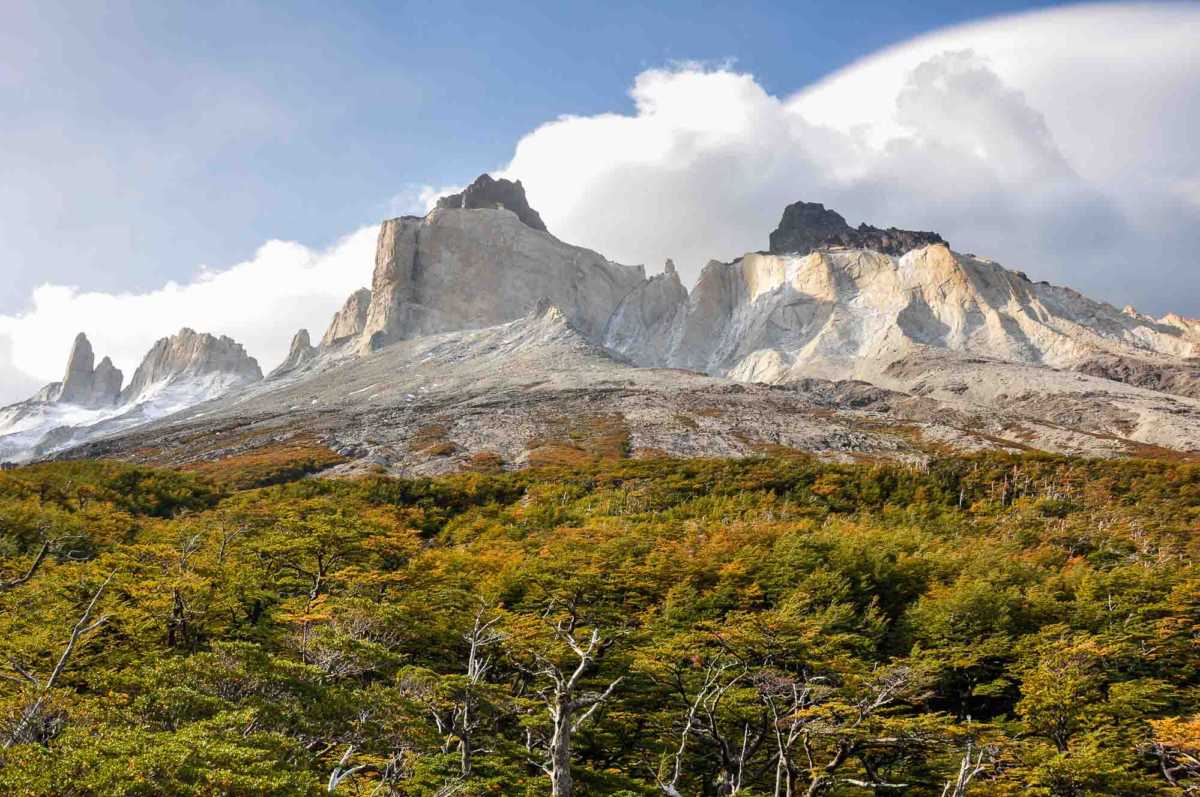
I realize now that trekking the ‘W’ in Patagonia’s Torres del Paine National Park was something I should have been better prepared for. So when I heard recently that World Expeditions was looking for #BestMountainTrek stories and personal experiences in Patagonia, these memories of our haphazard planning and some of the surprises we encountered came rushing back.
Back in early 2011, my friend Wendy W (no relation to the trail) and I first hatched the plan of flying south from Santiago, Chile. Between the two of us, egging each other on, we purchased some clothing and supplies, and arranged nesting return flights that would allow us to get to Chile’s Patagonia and hop over to Bariloche, Argentina, after our hike, too.
Note: This post and others on TravelPast50.com may contain paid or affiliate advertising links.
To start, we flew to Punta Arenas, Chile, where we hopped a bus to Puerto Natales, the typical starting spot to hike the ‘W,’ so called because the trail follows a rough W shape. (We hiked east to west, then exited by ferry across Lake Pehoe.) To prepare, we allowed a full day in Natales (two nights) and basically asked enough questions to figure out we needed to stock up on snacks, buy a park pass, and reserve our beds in the various park refugios (combination camp grounds and bunk houses). These logistics, no doubt, would be handled by a professional tour company if you chose to be better prepared to tackle the spectacular Patagonia trek.
So, how did we fare and what sort of surprises were in store for us?
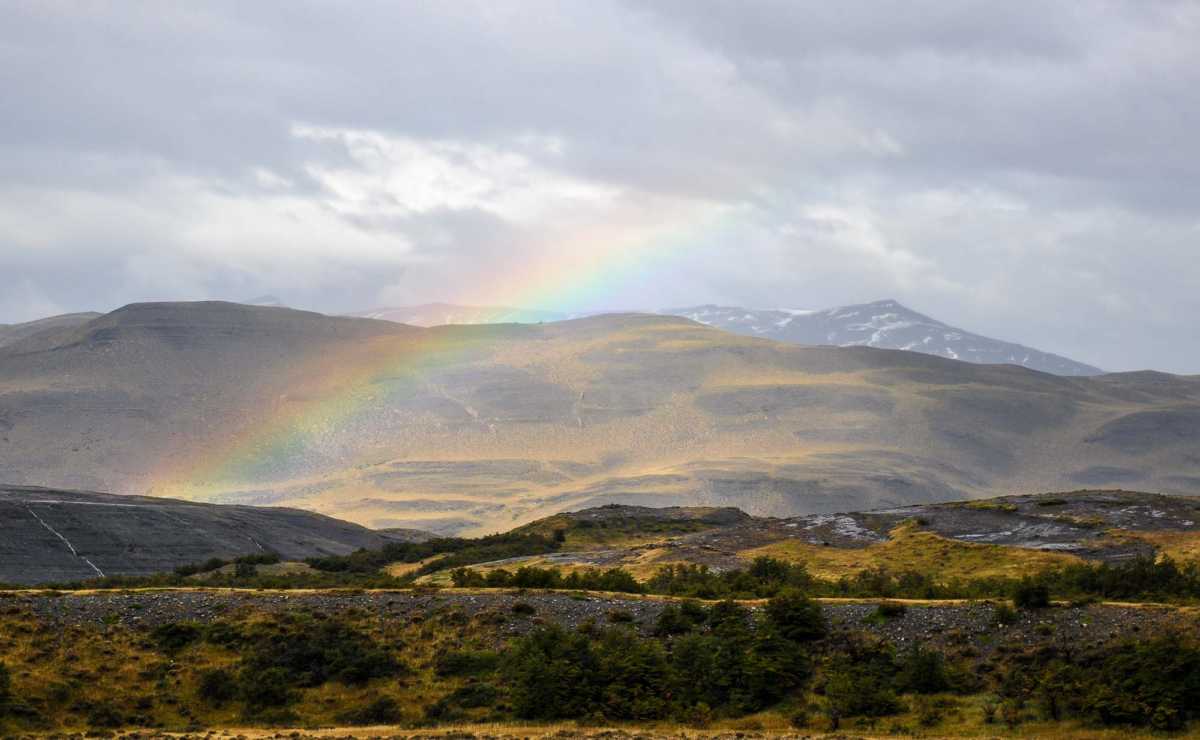
Table of Contents
Advance Logistics: Food and Shelter
Luckily, Wendy was more self-aware than I about the need for frequent snack stops. Our buzzword was “peckish.” We respected any utterance of this old word for “hangry” as an urgent sign to refuel. So we did a great job of grocery shopping, creating bags of our own trail mix concoction, and stocking up on apples, oranges, salami, smoked turkey, and cheese. Our packs carried water, and we added a couple bottles of wine to share for dinners. (Yes, we carried wine–and a corkscrew–and, yes, we made friends at dinner.)
It’s essential to reserve beds for each night in the park. That required planning how far we’d hike each day. I hate to commit to that sort of thing, but fortunately Wendy persisted. We booked four nights for five days hiking. The other great decision we made on the spot was to reserve dinner each night at the refugios. Hiking all day is one thing. Having to lug food, build a fire, and cook dinner wasn’t our idea of pure enjoyment. We were in this for fun. I can imagine that taking advantage of World Expeditions’ Patagonia chefs and porters would have been lots of fun, too, and taken some weight off our shoulders.
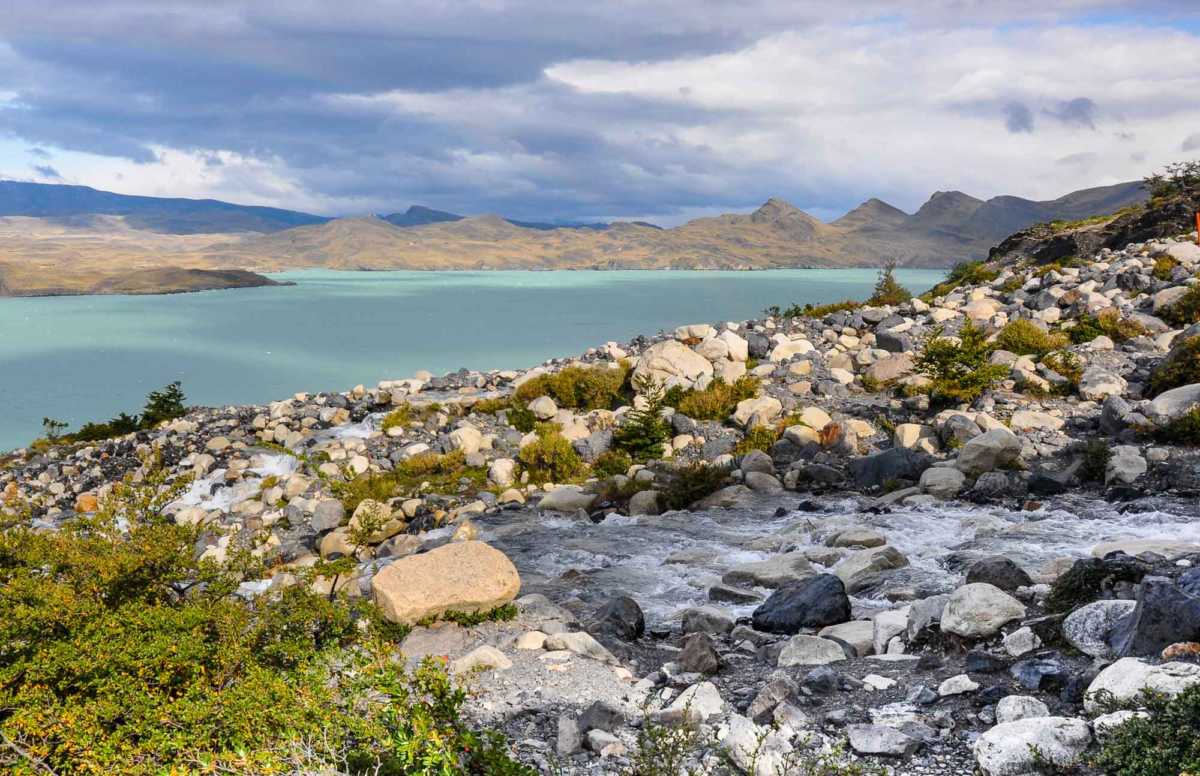
The Elements: Rain and Wind
The day we arrived at our first accommodations, the relatively swanky Hosteria Las Torres, we got a late start up the steep river valley that makes up the right arm of the ‘W.’ This trail leads to a couple lookouts right at the base of the towering peaks. We kept to narrow paths beside steep drops, crossed footbridges, and managed to carry on through rain, wind, and low visibility to a waterfall. Hikers returning from higher campgrounds and more difficult climbs further on exclaimed at the scenery, but eventually we realized we’d seen all that we were going to see that day: rain and fog. Maybe we surprised ourselves having the wits to turn around and get back before dark.
The rest of the days were not as wet, but we hadn’t counted on the wind. Later I noticed that detailed maps of the park even indicate the gustier spots. Without knowing that, we found ourselves on day three cowering under bushes waiting for brutal winds to subside so we could manage to rock hop across cold rapids that dropped steeply just below the crossing. While we hunkered down, we couldn’t hear each other, but watched as the wind ripped the rain covers right off our packs, and staked them to trees further down the rocky gulch.
In the W’s central valley, Valle Frances, we pretended to be ski jumpers, leaning at a 60-degree angle into the wind, just to feel it propping us up. Stopping for photos and food, slowed by wind, this 24 kilometer (15 mile) day took us nine hours.
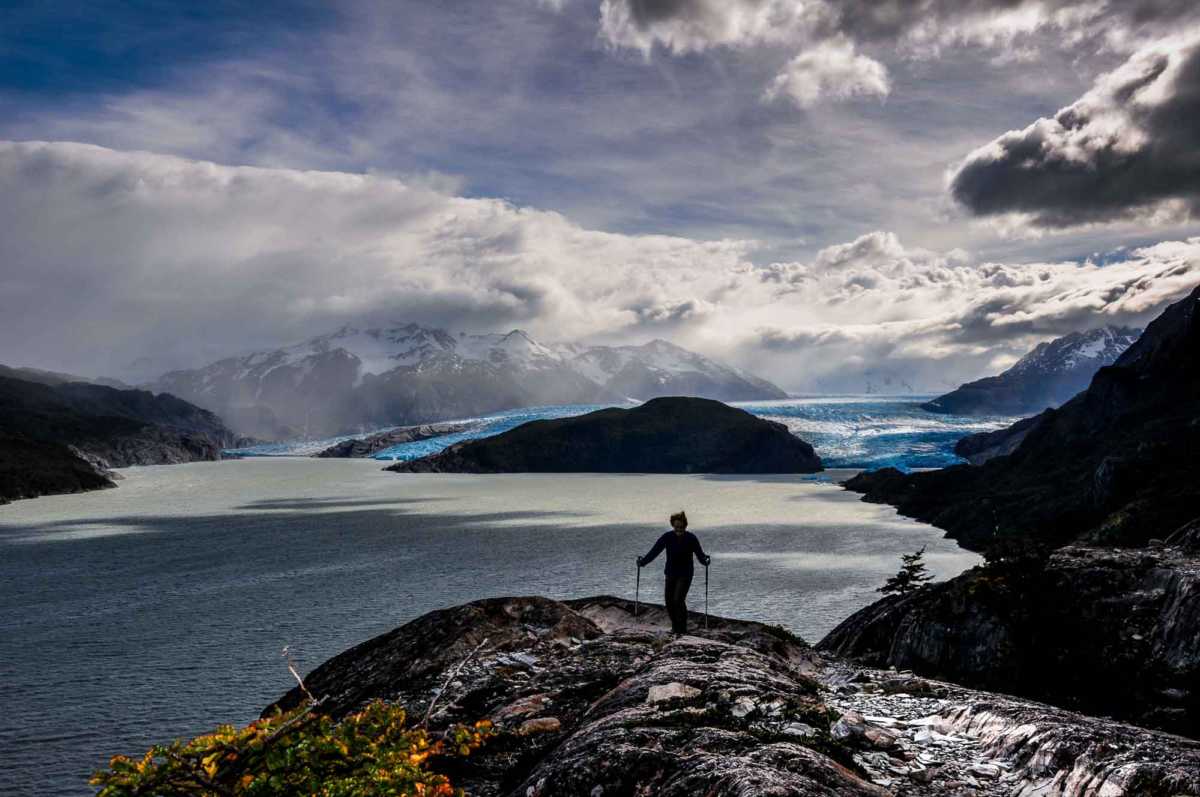
On the fourth day, ascending beside Lago Grey, it took us six hours to walk a section estimated to be a three-and-a-half-hour hike. When we finally found our shelter, near dark, we were told that winds had been clocked at 100 km per hour (60+ mph) that day. No wonder we were struggling! I figure World Expeditions can’t change the weather, but their expertise can help trekkers manage the elements.
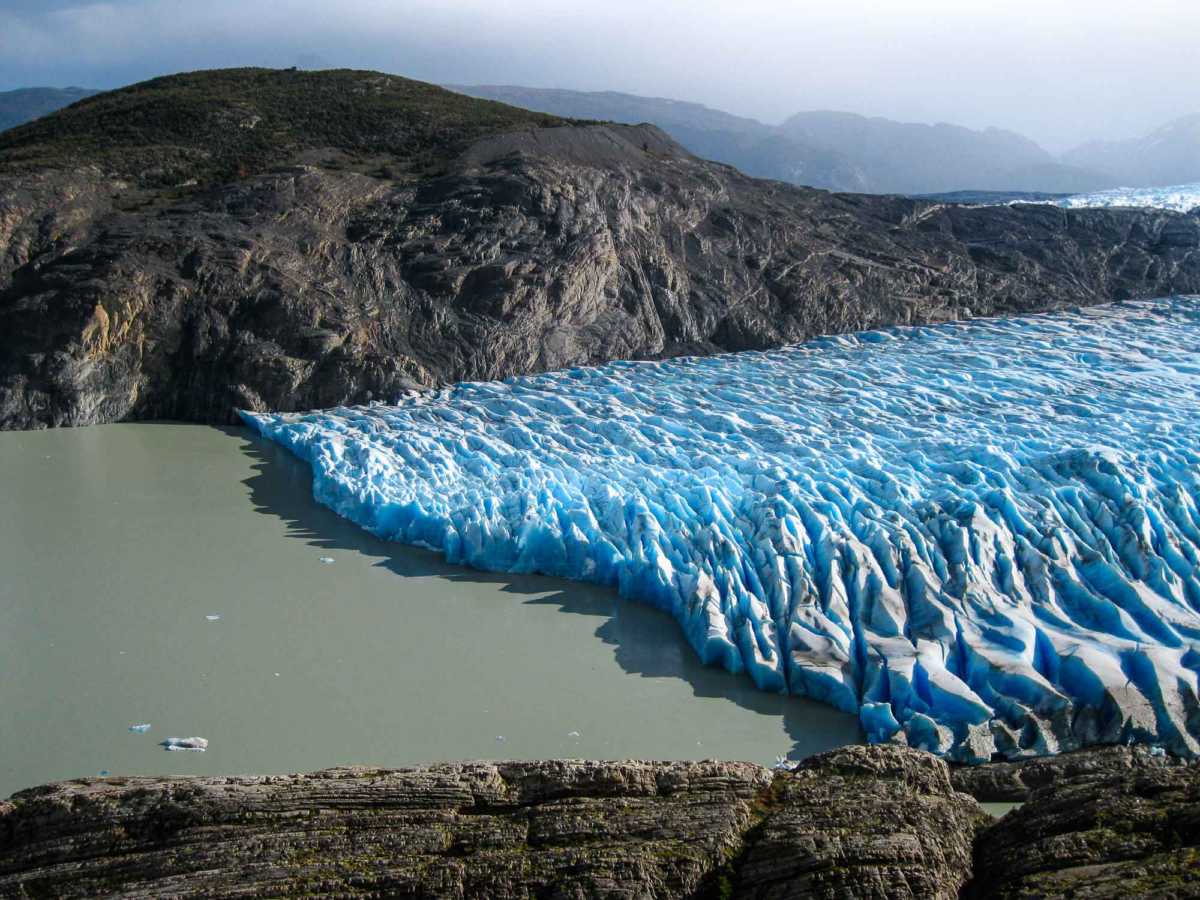
Terrain: Rivers and Rocks
When we reached a cold stream, about 8 meters (25 feet) across, we stopped to consider the best way to get to the other side. It was pretty shallow, but it appeared others were finding their way across on stepping stones. Walking a bit upstream and down, we looked for stones or sandbars to assist us. Then we met a guy, a fairly large dude, who had sprained his ankle slipping off a rock as he crossed this water, and I decided I’d rather get wet. So we ended up taking off our boots and wading across without incident.
Like any wilderness hiking, it’s a great advantage to watch where you step. Rocks and tree stumps make even the most level areas tricky. Because the scenery is so stunningly beautiful, it’s easy to walk with your head up…in the clouds. One tripping fall left me with a nice bloody gash in my shin. We had the bandages to wrap it shut. (Huzzah, prepared!) As we moved on, supportive Wendy helped me develop my excuse: Yes, surprised by a puma dashing across the path! That’s it! And did we tell you about our sighting of Patagonia’s lost pyramid? These tall tales became part of our trek’s magic.
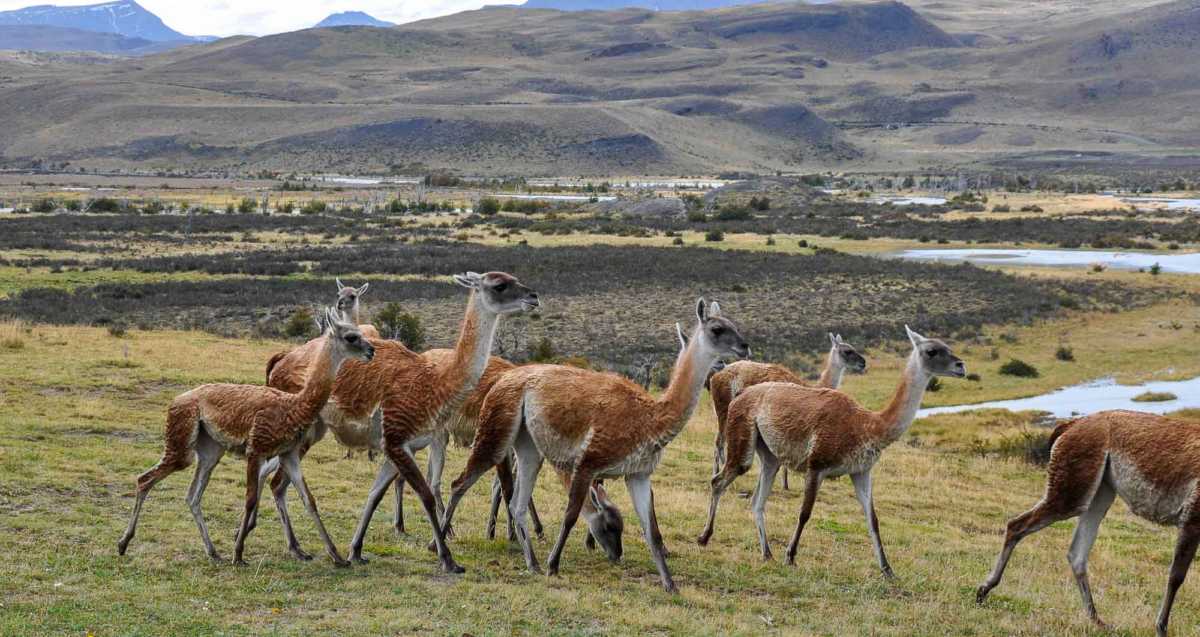
People Helping People
Torres del Paine is not heavily populated. Only about 200,000 people visit all of Southern Patagonia per season. Our visit, the first week of April, was the last week the circuit would be open for hiking permits, as winter was moving in. Yet somehow, the right people came along at the right time. The gentleman who’d sprained his ankle was being helped back by a Swiss couple. Wendy and I, afraid to cross the raging rapids in the stiff wind, waited until another couple came along. They showed us the way, coached us to stay low, and gave us confidence that if we dropped downriver, at least someone would witness our demise. My notes from the trip are equal parts log of the journey and listings of people we joined at the end of each day. I do know there is comfort in numbers.
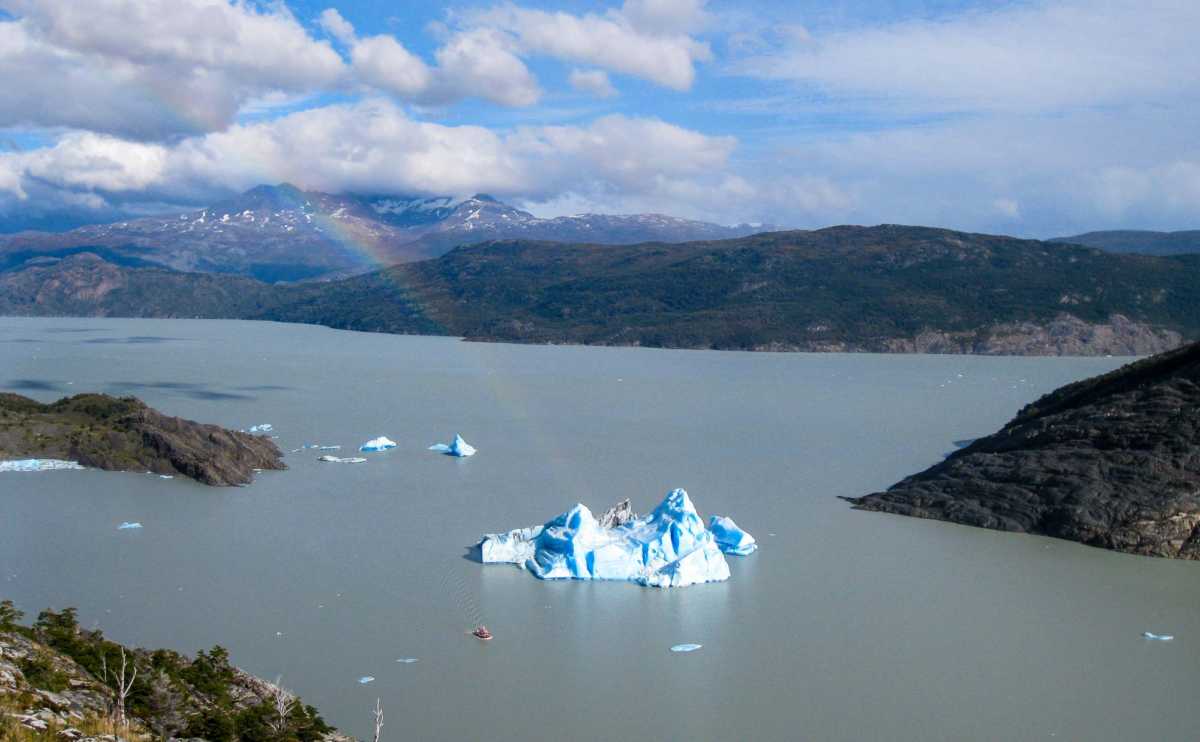
The Otherworldly Beauty
Why tag #BestMountainTrek? Here’s the best surprise for last: More than five years later, I still see this hike as the best adventure experience I’ve had. And Patagonia is the most spectacular piece of Earth I’ve visited. We were enchanted by rainbows, enraptured by the expansive views across lakes, meadows, glaciers, mountains; we were charmed by birds and wildlife; warmed by new friends; humbled by the elements and the glaciers. My photography skills were even weaker at that time, and I knew my efforts would fall short. As much as I wanted to capture some degree of the beauty of it all, I knew the scale would be off, the colors less brilliant, the huanacos and condors and fox too still.
So these notes and pictures are just prompts for me, to remind me of that huge place, of the cold glacial shard pulled from the water to sooth my injury, of the breath that was taken by the wind and by the sights.
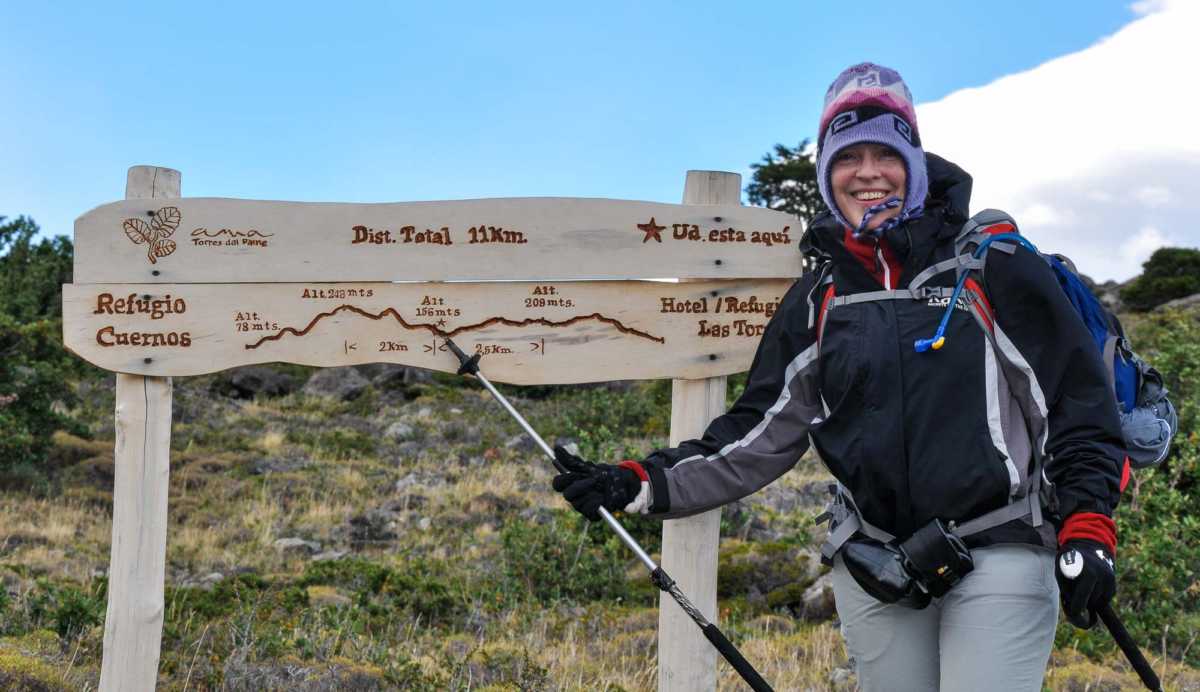
Note: This post is sponsored by World Expeditions' #BestMountainTrek campaign. World Expeditions operates tours to Patagonia. You can read about the range of destinations and activities they offer on the World Expeditions Blog. I haven’t joined any of their tours (yet), but anyone who appreciates Patagonia, Torres del Paine, and one traveler's trek story as they do has my attention.
Here are some more tips for hiking locations, routes, preparation and equipment, all in one spot.
Up Your Travel Skills
Looking to book your next trip? Use these resources that are tried and tested by us. First, to get our best travel tips, sign up for our email newsletter. Then, be sure to start your reading with our Resources Page where we highlight all the great travel companies and products that we trust. Travel Accessories: Check out our list of all the accessories we carry to make getting there and being there a lot easier. Credit Cards: See our detailed post on how to choose the right travel rewards credit card for you. Flights: Start finding the very best flight deals by subscribing to Thrifty Traveler. Book your Hotel: Find the best prices on hotels with Booking.com. See all of the gear and books we like in one place on our Amazon shop.Got a comment on this post? Join the conversation on Facebook, Instagram, or Threads and share your thoughts!

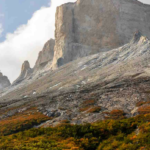

Comments are closed.